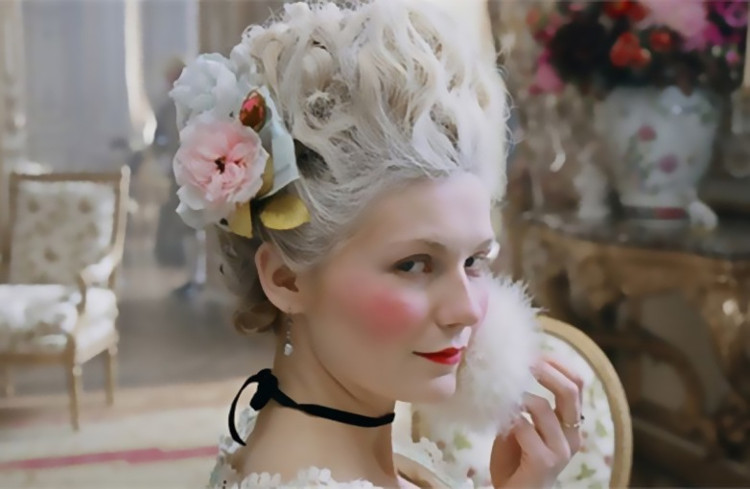The poisonous medieval cosmetics of the Middle Ages
Lead and arsenic are extremely toxic substances but are popularly used by women for beauty in ancient times.
For thousands of years, cosmetics such as lipstick, eyeliner, and foundation have been loved by women all over the world, but these beauty products have been produced from extremely toxic ingredients , according to National. Geographic.
Queen Cleopatra is famous for her bold eyes, but she is not the only ancient Egyptian in this style. Most men and women in ancient Egypt have black or green eyeliner. In addition to protecting the eyes from the sun, this makeup is also said to help them avoid illness.

Middle-aged British women like to beat the white face with chalk made from lead.(Artwork: Wordpresss).
The black powder that the Egyptians use for eyeliner contains lead salt . In 2010, researchers in France concluded that these salts help increase the amount of nitric oxide in users, thereby boosting their immune system and preventing eye infections.
However, many studies show that in ancient times, most Egyptians did not live past the age of 30. If they live as long as people today, the time of exposure to lead will also cause them to experience problems. Health epidemiologist Jennifer Weuve said in the journal Science.
Roman women used leaded chalk to whiten their faces. In the 16th century, the British nobility also favored similar makeup. One of the most famous people who ever used lead makeup was Queen Elizabeth I. She often covered the chalk on her face to cover her smallpox scars.
The mixture of lead and vinegar that Queen Elizabeth uses is called the Venetian angelic substance , or "Saturn's soul". It can help women's skin to become smooth, but lead poisoning causes victims to discolor skin, hair loss and tooth decay.
Arsenic is a dangerous poison but is still commonly used for makeup under Victorian times in England. Some women believe that using a small amount of arsenic will not harm health. However, the risk of poisoning in practice is still very high even if the amount of arsenic used is very low.
- The truth of mythical myths about the Middle Ages
- The misconception of the Middle Ages makes you laugh!
- Eyes round with 6 ridiculous bans on ridiculous Middle Ages
- The three most notorious tyrants of the Middle Ages night
- Scary healing ways in the Middle Ages
- A worker accidentally unearths medieval treasures
- Marvel at the strange things that the Medieval people once did
- Mistakes about medieval people that you will open your mouth to know the truth
- 16 grisly torture methods of the Middle Ages
- Detecting longevity oak from the Middle Ages
- 5 inventions of medieval great weapons
- 5 silly predictions about the Middle Ages Day
 Discovered an ancient centipede fossil 99 million years old
Discovered an ancient centipede fossil 99 million years old Discovered bat-like dinosaurs in China
Discovered bat-like dinosaurs in China Discovered a 200-year-old bronze cannon of the coast
Discovered a 200-year-old bronze cannon of the coast Discover 305 million-year-old spider fossils
Discover 305 million-year-old spider fossils